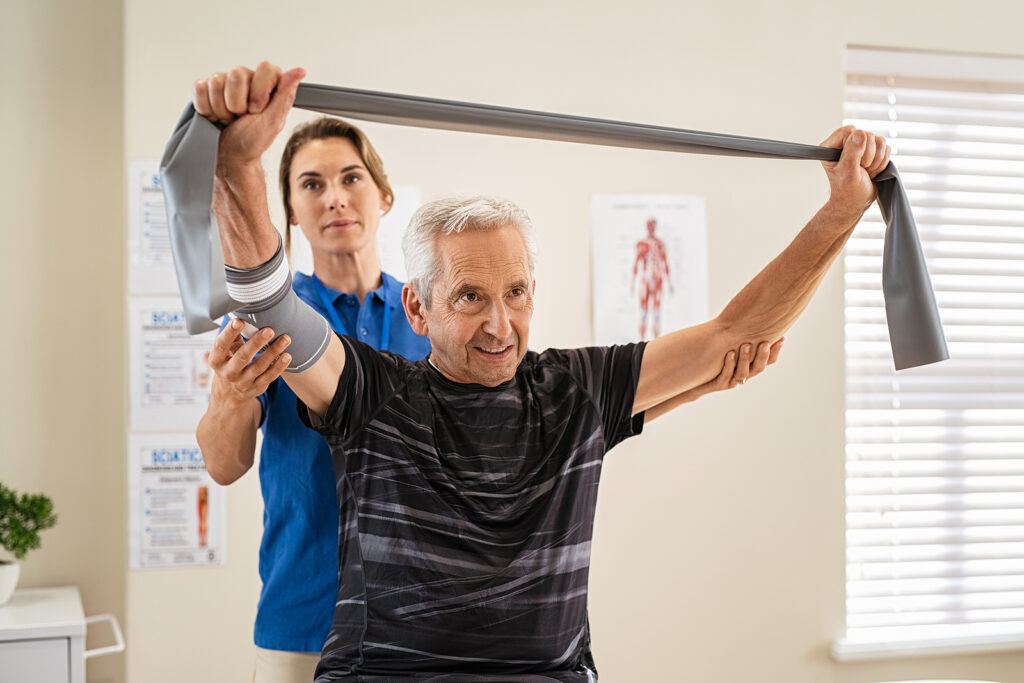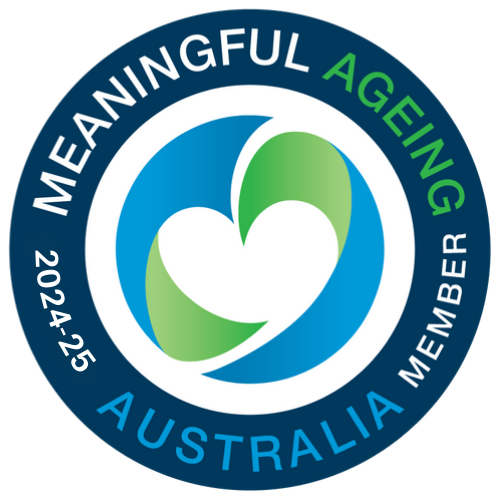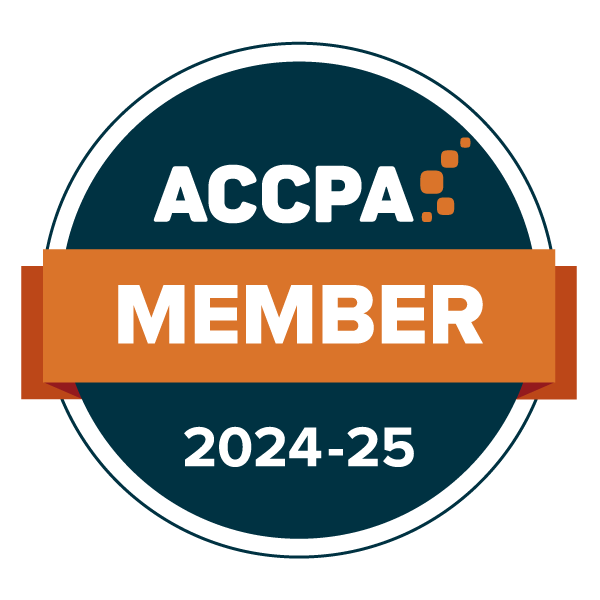Having your life interrupted by an injury can be frustrating, especially when there is a long rehabilitation process involved. Adjusting to a new routine of medication, therapies and appointments can be stressful. However, with the guidance of your doctor and physical therapist, you can develop a healthy routine and experience a smoother recovery. There are many benefits of physical exercise and can play a major role in recovery.
In this article, we will discuss:
- What is rehabilitation therapy?
- What is vestibular rehabilitation?
- How will exercise help physical rehabilitation?
- Need help with physical rehabilitation?

What is rehabilitation therapy?
If you or a loved one has suffered an injury, your doctor or team of health professionals will recommend rehabilitation therapy and a rehabilitation plan to help you achieve the independence and abilities before your injury.
The goal of rehabilitation therapy is to help restore your body and allow it recover to the degree that it was before your injury. It also aims to help you re-learn the skills you lost or learn new ways to do the things you enjoyed doing before.
What is vestibular rehabilitation?
What if your injury or medical condition has caused you to experience dizziness and imbalance or balance issues? Vestibular rehabilitation involves introducing exercises to help you manage dizziness and balance issues.
Talking to your doctor or rehabilitation therapist about your dizziness and balance issues will help them identify what exercises will be best for you to work with that is specific to your needs and condition. Vestibular rehabilitation exercises might include eye movement control, balance retraining, or stretching and strengthening exercises.
Vestibular rehabilitation therapy may be suitable and may help people who experience the following:
- Vertigo
- Inner ear problems like Meniere’s disease
- Labyrinthitis
- Vestibular neuritis
- Migraine headaches
- Stroke patients
- Traumatic brain injury
- People at risk of falling, like the elderly.
How will exercise help physical rehabilitation?
Any rehabilitation plan will require a physical aspect or physical exercise or movement to aid in your recovery and to train or teach your body how to use various muscles that is specific to the recovery of your injury.
You should have a goal in mind or an objective as to what you want to achieve physically after you have recovered from your injury. While exercise and physical rehabilitation may not always achieve 100% of your pre-injury function, it is very important to engage in physical exercise to achieve the best opportunity to reach full healing both in mind and body.
The following are the top 8 benefits of exercise on your journey of physical rehabilitation.
Strength
An important aspect of your recovery is keeping your muscles strong, not only in the injured body part but in the rest of your body as well. Other parts may have to work harder to compensate for the injury, leading to muscle strain, aches and pains. For example, if you break your dominant arm, your non-dominant arm may become sore from overuse. Your physical therapist can give you physical rehabilitation exercises designed to strengthen your muscles and promote healing.
Pain Relief
When you begin doing exercise for rehabilitation and health, you may experience discomfort, especially if you were not physically active before you were injured. However, as you make progress in your rehabilitation, physical therapy can reduce your pain. Muscle weakness and stiffness cause pain and discomfort. By following the exercise routine prescribed by your physical therapist, you can improve strength and flexibility and experience less pain.
Balance
When you’re healing from an injury, the last thing you need is to slip and fall. Balance can be challenging, especially in the early phases of physical rehabilitation. You may be adjusting to using mobility aids or experiencing pain or weakness. Exercise can help you feel more balanced and steady on your feet so you can avoid a fall that would set back your recovery. In particular, vestibular rehabilitation exercise will specifically target parts of your body that are the root cause to your balance issues.
Energy
Living with the ongoing effects of an injury can be exhausting. Physical therapy and rehabilitation can be hard work, but they can help you feel more energetic. Physical activity improves heart and lung function, boosting your energy and improving your overall health. It can also help you fall asleep faster and sleep more soundly, so you can start each day feeling well-rested.
Circulation
Blood flow is essential to the healing process. Without an adequate blood supply, injuries take longer to heal. Movement improves circulation to the injured area, helping you heal faster. Your physical therapist can recommend exercises to improve blood flow and help the injury heal.
Mental Health
Being sick or injured can take a toll on a person’s mental and emotional wellbeing, but exercise can help. The importance of exercise for mental health has been well documented. In addition to the physical benefits of exercise, it can give your mood a much-needed boost. Physical activity reduces the level of stress hormones in your body and stimulates the production of mood-elevating endorphins.
Many of the physical effects of exercise, such as improved sleep and decreased pain, are beneficial for your mental health as well. Your confidence and happiness will likely improve as you see the benefits of your hard work.
Independence
When you are injured, you may find yourself relying on others for help with the daily tasks you’re accustomed to doing yourself. Although you are eager to regain your independence, it is important to be patient and proceed safely. Trying to do things unassisted before your body is ready can result in a fall or other accident, such as slipping in the shower.
You and your medical team can discuss your goals for physical rehabilitation and work out a treatment plan that prioritises your independence. Improving strength, mobility and balance through exercise can help you resume activities safely.
Socialisation
Exercise doesn’t have to feel like work. It can be an enjoyable experience, especially if you have a friend to share it – within a COVID safe manner. Swimming, for example, is a low-impact activity that you can enjoy with others at a safe distance. When physical activity is fun, it is easier to adhere to a routine, and the social aspect is important to your emotional health. Your exercise routine can give you a reason to leave your house and spend time with other people, preventing isolation and loneliness.
Need help with physical rehabilitation?
Rehabilitation can be a long, stressful process. However, you can improve your recovery outcomes by following the advice of your medical team and incorporating appropriate exercise into your daily routine. Vital Home Health Services offers resources to assist you in your recovery. If you or a loved one recently experienced an injury, reach out today to find out how Vital Home Health Services can help with rehabilitation.
References
- Littooij E, Doodeman S, Holla J, Ouwerkerk M, Post L, Satink T, Ter Steeg AM, Vloothuis J, Dekker J, de Groot V, Setting meaningful goals in rehabilitation: A qualitative study on the experiences of clients and clinicians in working with a practical tool, Clinical Rehabilitation published by SAGE, March 2022.
- Edwards C, Franklin E, Vestibular Rehabilitation, Treasure Island (FL): StatPearls Publishing; Jan 2022 (updated on 15 Sep 2022).
- Warburton DER, Bredin SSD, Health Benefits of Physical Activity: A Strengths-Based Approach, Journal of Clinical Medicine, 2019.
- Cooper SL, Promoting physical activity for mental well-being, ACSM’s Health & Fitness Journal, 2020.








